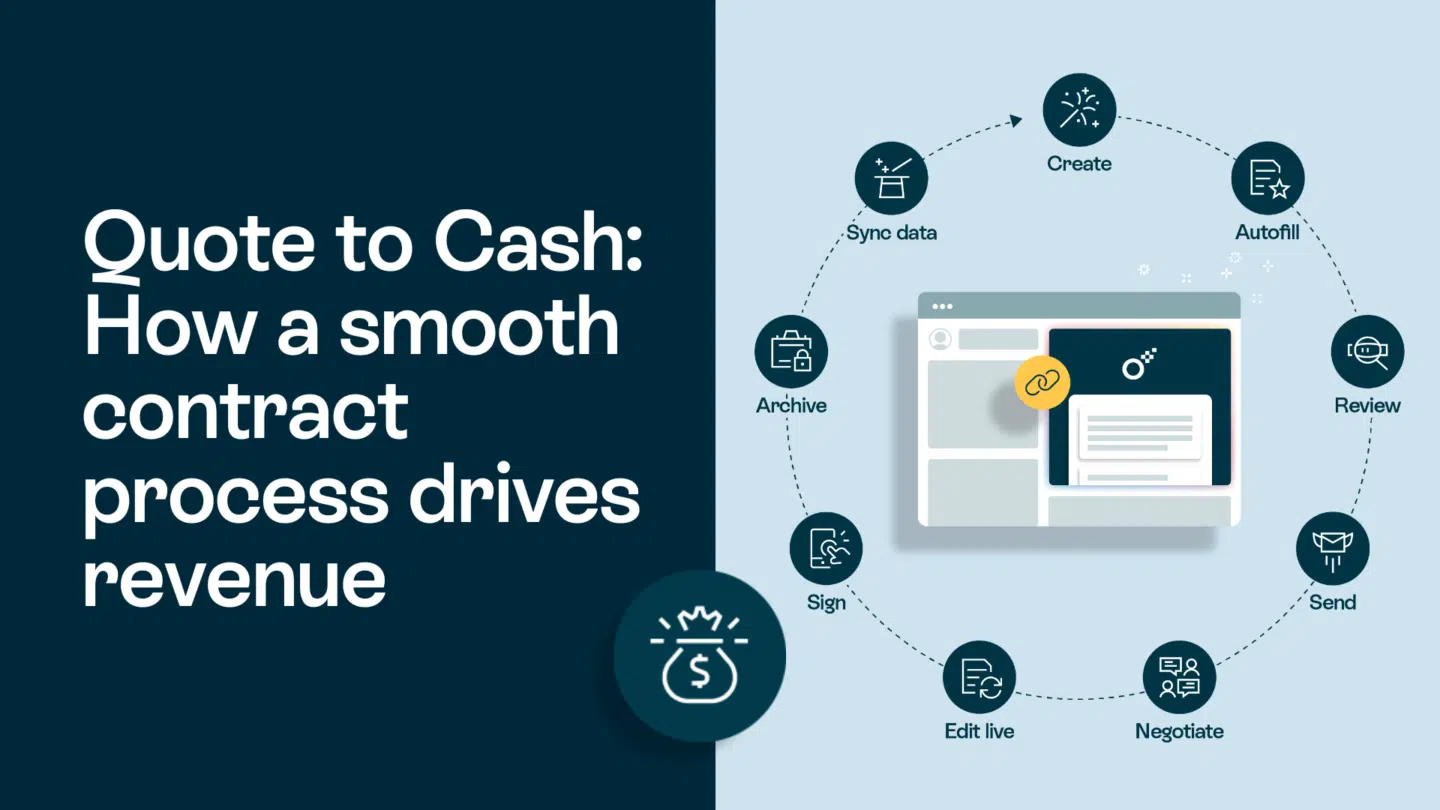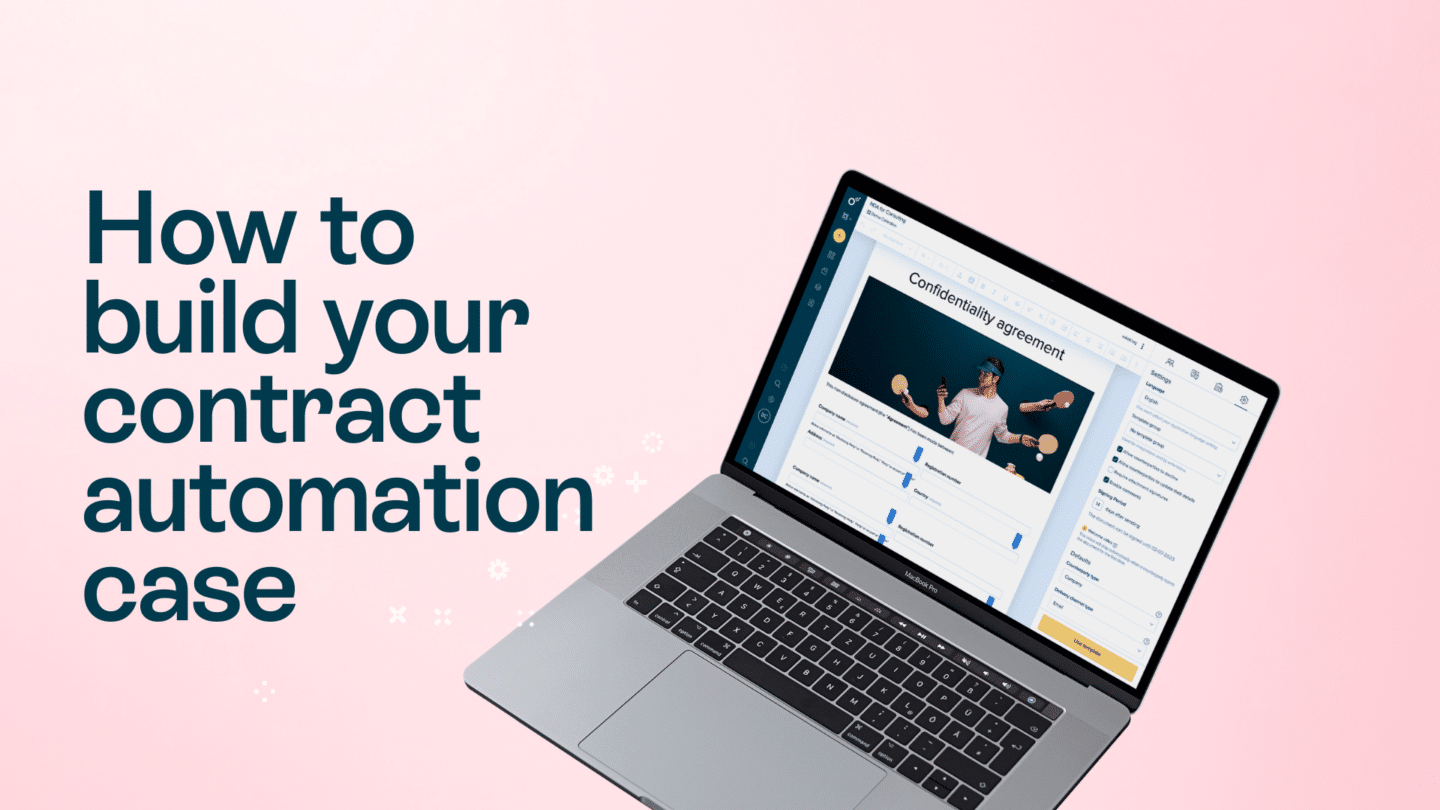In today’s increasingly digital world, artificial intelligence (AI) is revolutionizing various industries. One area where AI is making significant strides is contract negotiation. This cutting-edge technology is reshaping how businesses draft and negotiate contracts, streamlining the entire process with its exceptional capabilities.
Understanding AI and its capabilities
Before diving into the impact of AI on contract negotiation, it’s important to look at the essence of this it. Artificial intelligence refers to the ability of machines and algorithms to simulate human intelligence, enabling them to analyze vast amounts of data, make decisions, and perform tasks with relative precision.
Artificial intelligence has revolutionized various industries, including healthcare, finance, and transportation. In healthcare, AI-powered systems can analyze medical records and provide accurate diagnoses, helping doctors make informed decisions. In finance, AI algorithms can analyze market trends and predict stock prices, assisting investors in making profitable trades. In transportation, self-driving cars are becoming a reality, all thanks to AI technology.
Read also: What is contract management? A complete guide

What is artificial intelligence?
Artificial intelligence can be classified into two categories: narrow AI and general AI. Narrow AI focuses on specific tasks and is already in use across various sectors, including contract negotiation. For example, AI-powered chatbots can handle customer queries and provide real-time support, enhancing customer service efficiency. In contract negotiation, AI algorithms can analyze legal documents, identify potential risks, and suggest favorable terms.
On the other hand, general AI refers to machines with the same cognitive abilities as humans. This level of AI is still largely theoretical and remains a subject of ongoing research and debate. General AI would have the capability to understand and perform any intellectual task that a human being can do.
The evolution of AI technology
Over the years, AI technology has rapidly evolved, empowering machines to learn from experience, adapt to new inputs, and perform complex tasks autonomously. This progress has been fueled by advancements in machine learning algorithms, big data analytics, and the sheer processing power of modern computers.
Machine learning, a part of AI, has played a significant role in the advancement of AI technology. It involves training algorithms on large datasets to recognize patterns and make predictions. This capability has been instrumental in various applications, such as image recognition, natural language processing, and recommendation systems.
Big data analytics has also contributed to the evolution of AI. With the increasing availability of data, AI algorithms can extract valuable insights and patterns from massive datasets, enabling businesses to make data-driven decisions. The combination of AI and big data has revolutionized industries like marketing, where personalized recommendations and targeted advertisements are based on user behavior and preferences.
Read also: Why Oneflow is a contract platform for everyone

The traditional contract negotiation process
Before exploring how AI is transforming contract negotiation, it’s important to understand the conventional approach. Traditional contract negotiation involves multiple stakeholders coming together to negotiate terms and conditions manually. This process often proves to be time-consuming, error-prone, and resource-intensive.
However, the traditional contract negotiation process is not as straightforward as it may seem. It encompasses various stages and intricacies that require careful consideration and attention to detail. Let’s delve deeper into the basics of contract negotiation and the challenges it presents.
The basics of contract negotiation
Contract negotiation is a crucial part of ensuring mutually beneficial agreements between parties. It involves parties discussing and finalizing the terms, conditions, and obligations outlined in a contract. Negotiators aim to secure the best possible outcome for their respective organizations while maintaining a fair and collaborative atmosphere.
During the negotiation process, negotiators analyze the contract’s scope, objectives, and deliverables. They scrutinize each clause, seeking clarity and precision to avoid any potential misunderstandings or disputes in the future. Negotiators also consider the legal implications of the contract, ensuring compliance with relevant laws and regulations.
Furthermore, negotiators engage in extensive discussions to reach a consensus on critical aspects such as pricing, payment terms, intellectual property rights, warranties, and liability limitations. These discussions often involve back-and-forth exchanges, where negotiators advocate for their organization’s interests while seeking compromises that satisfy all parties involved.
Read also: Why you should use a contract management platform?
Challenges in traditional contract negotiation
Unfortunately, traditional contract negotiation is not without its challenges. Negotiators often face hurdles such as miscommunication, document version control issues, delays, and inefficiencies. These obstacles can lead to increased costs, missed opportunities, and frustration for all parties involved.
Miscommunication is a common challenge in contract negotiation. With multiple stakeholders and complex contractual terms, misunderstandings can arise, leading to disagreements and delays. Clear and effective communication is crucial to ensure that all parties have a shared understanding of the contract’s provisions and intentions.
Document version control issues can also impede the negotiation process. As the contract undergoes revisions and amendments, keeping track of the latest version becomes increasingly challenging. Without proper version control, negotiators may inadvertently refer to outdated clauses or overlook critical changes, leading to problems further down then line.
Delays are another significant challenge in traditional contract negotiation. The process often involves numerous rounds of negotiations, requiring coordination and alignment among multiple stakeholders. Delays can occur due to scheduling conflicts, conflicting priorities, or the need for additional input from legal or subject matter experts. These delays can hinder business operations and impact the timely execution of contracts.
Inefficiencies can also be prevalent in traditional contract negotiation. The manual nature of the process, with negotiators reviewing and revising contracts manually, can be time-consuming and labor-intensive. This inefficiency not only consumes valuable resources but also increases the risk of human errors, such as overlooking critical clauses or inconsistencies in the contract.
Addressing these challenges is crucial for organizations to streamline their contract negotiation processes, reduce costs, and improve overall efficiency. This is where AI-powered solutions come into play, revolutionizing the way contracts are negotiated and managed.
Read also: What is digital HR? A comprehensive guide

AI in contract negotiation: A whole new approach
With the advent of AI, contract negotiation is undergoing a seismic shift. The capabilities of AI systems are transforming every aspect of the negotiation process, empowering businesses to negotiate contracts faster, more accurately, and with greater efficiency.
How AI is transforming contract negotiation
AI technologies, such as natural language processing (NLP) and machine learning, have improved contract negotiation by automating and optimizing various tasks. Through NLP, machines can read, understand, and extract relevant information from contracts, enabling negotiators to focus on critical issues.
Additionally, machine learning algorithms enable AI systems to learn from previous negotiations and historical data, allowing them to propose contract terms based on optimal outcomes. This feature provides negotiators with valuable insights and recommendations, enhancing decision-making capabilities.
The benefits of using AI in contract negotiation
The implementation of AI in contract negotiation offers a plethora of benefits. First and foremost, it significantly reduces manual effort, freeing negotiators to concentrate on more strategic aspects of the negotiation. AI systems also enhance accuracy and consistency by minimizing human errors and ensuring comprehensive analysis of contracts.
Faster turnaround times are an additional advantage of using AI in contract negotiation. By automating repetitive tasks and simplifying complex processes, AI expedites the negotiation cycle. This time-saving feature enables businesses to swiftly conclude agreements, securing competitive advantages and accelerating growth.
Read also: All you need to know about Oneflow electronic signatures and the eIDAS regulation

AI contract negotiation going forward
As AI continues to evolve, its role in contract negotiation will become even more prominent. Predicted advancements in AI technology will drive further transformation and shape the negotiation landscape in the years to come.
Predicted developments in AI for contract negotiation
In the future, AI systems will likely improve their ability to understand nuances in contract language and context, making them even more effective at extracting and analyzing critical information. Moreover, AI’s predictive analytics capabilities will enable negotiators to anticipate potential risks, identify opportunities, and drive better outcomes.
Preparing for an AI-driven negotiation landscape
In anticipation of a future where AI plays a central role in contract negotiation, organizations must adapt. Businesses should invest in AI technologies, equip their teams with the necessary skills to leverage these tools effectively, and embrace the agility and efficiency AI brings to the negotiation process.
The role of AI in contract negotiation is nothing short of transformative. By changing the way contracts are negotiated, AI empowers businesses to streamline the process, increase efficiency, and achieve optimal outcomes. As AI continues to advance, it is crucial for organizations to recognize the potential it holds and embrace its game-changing capabilities.








